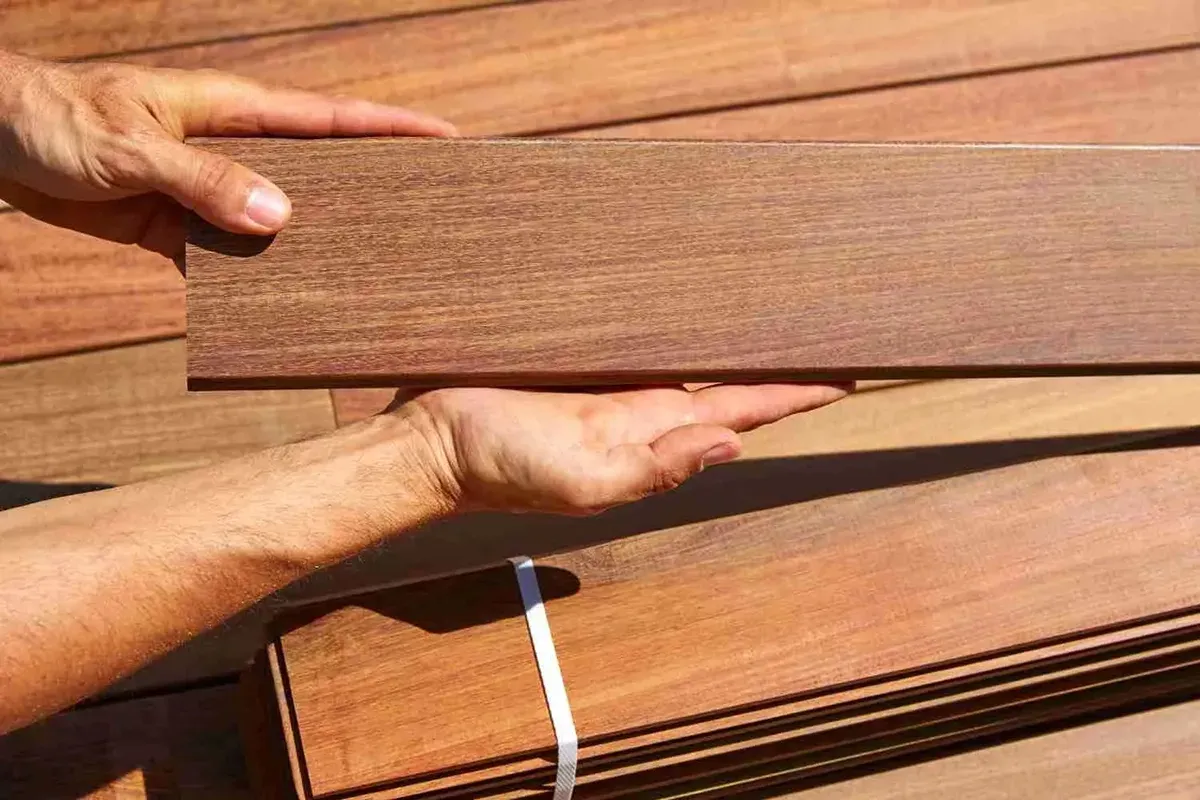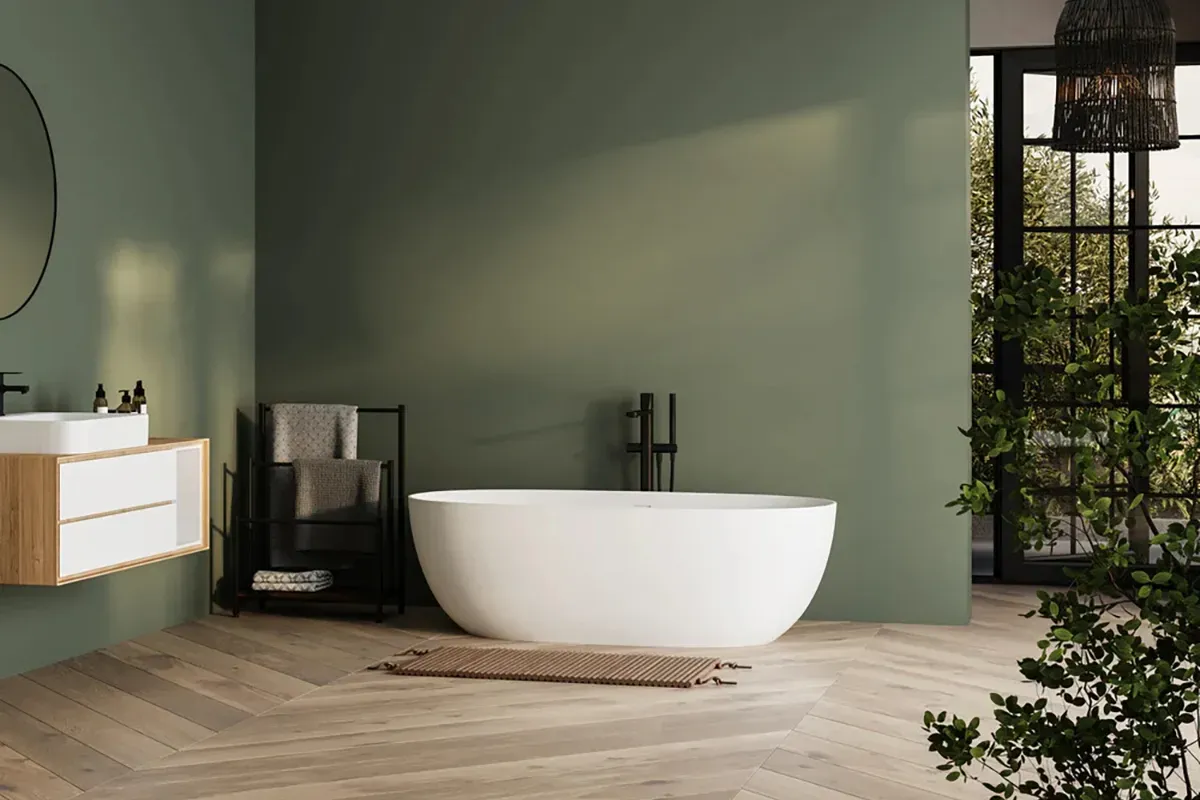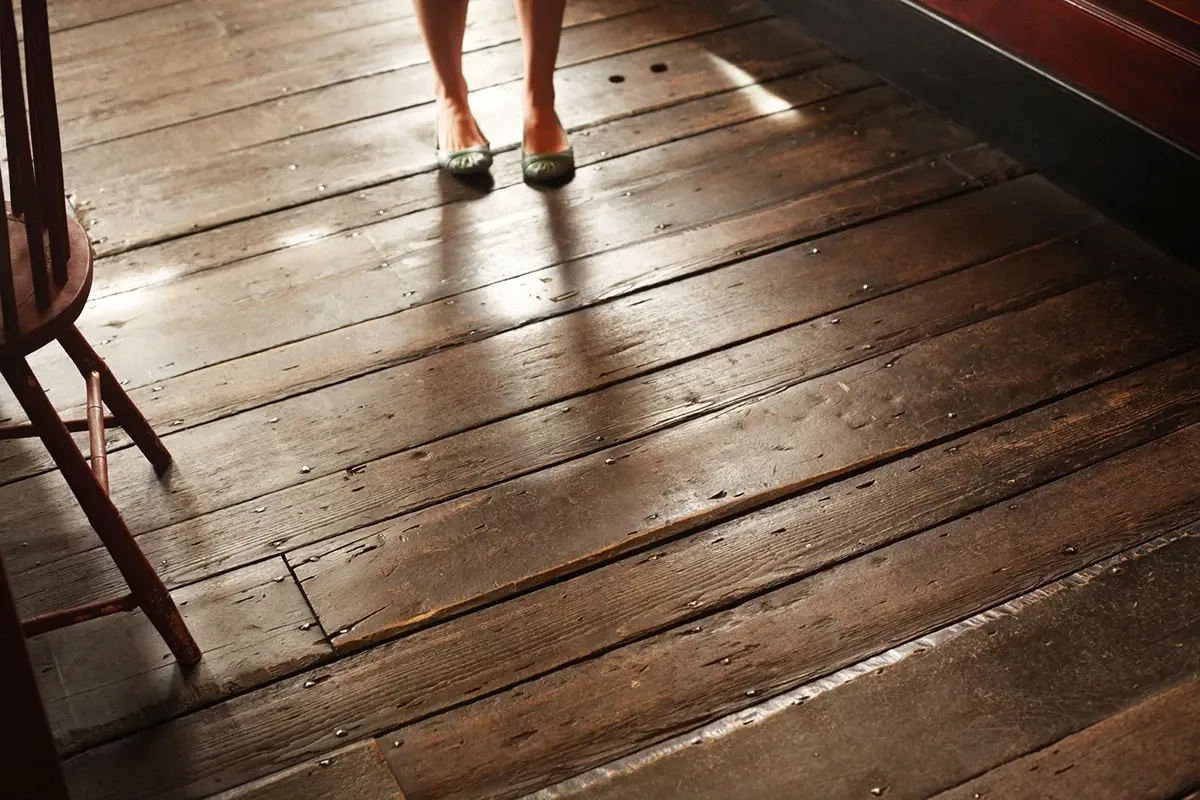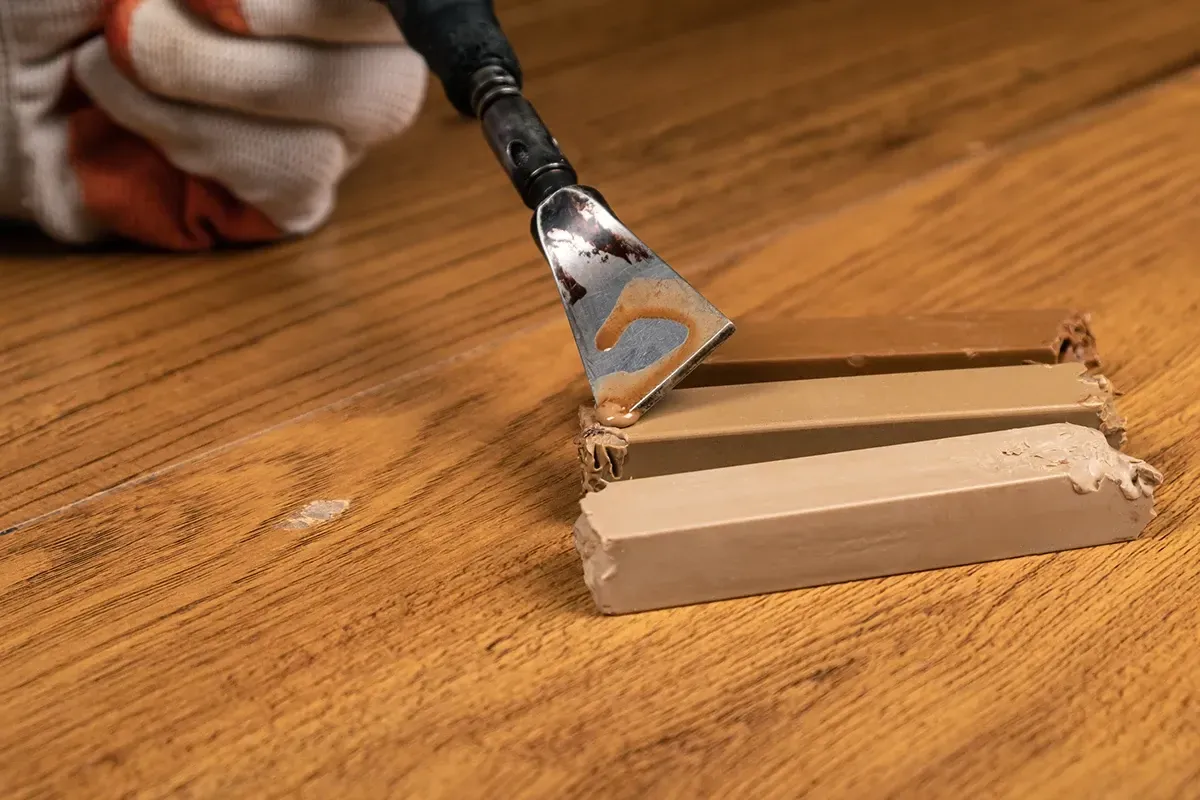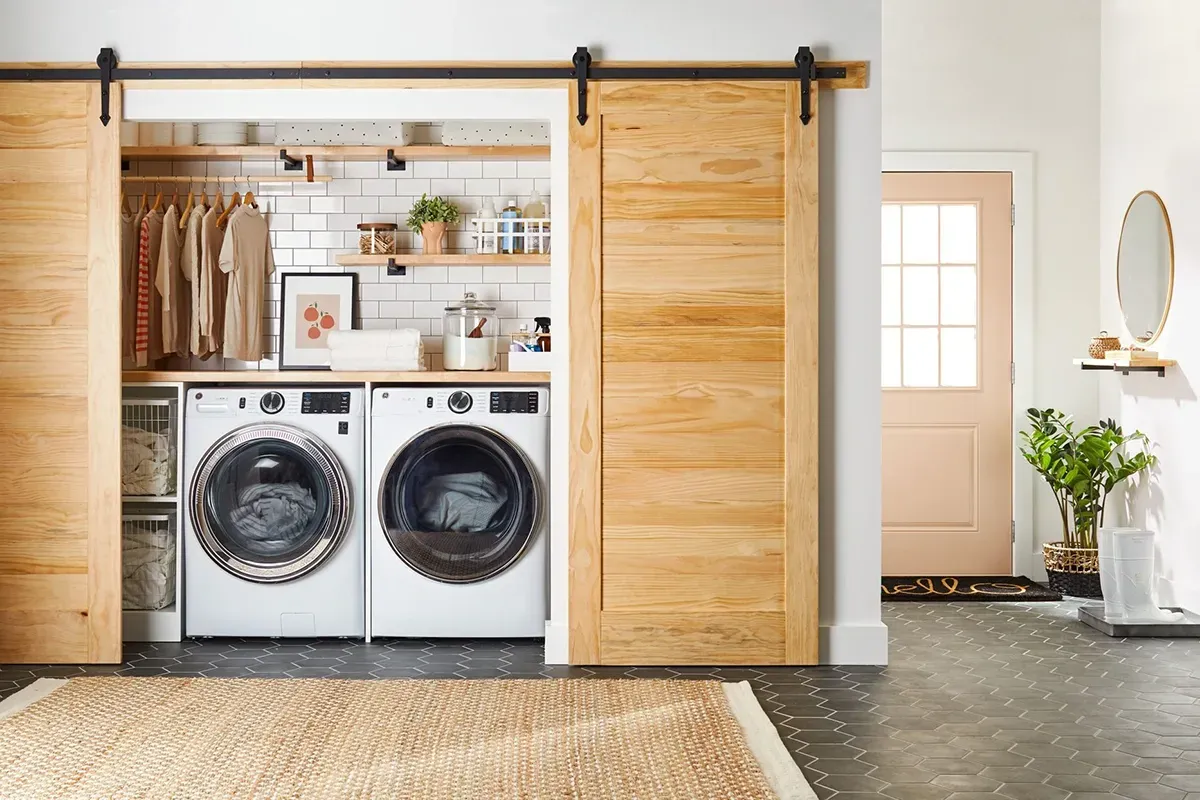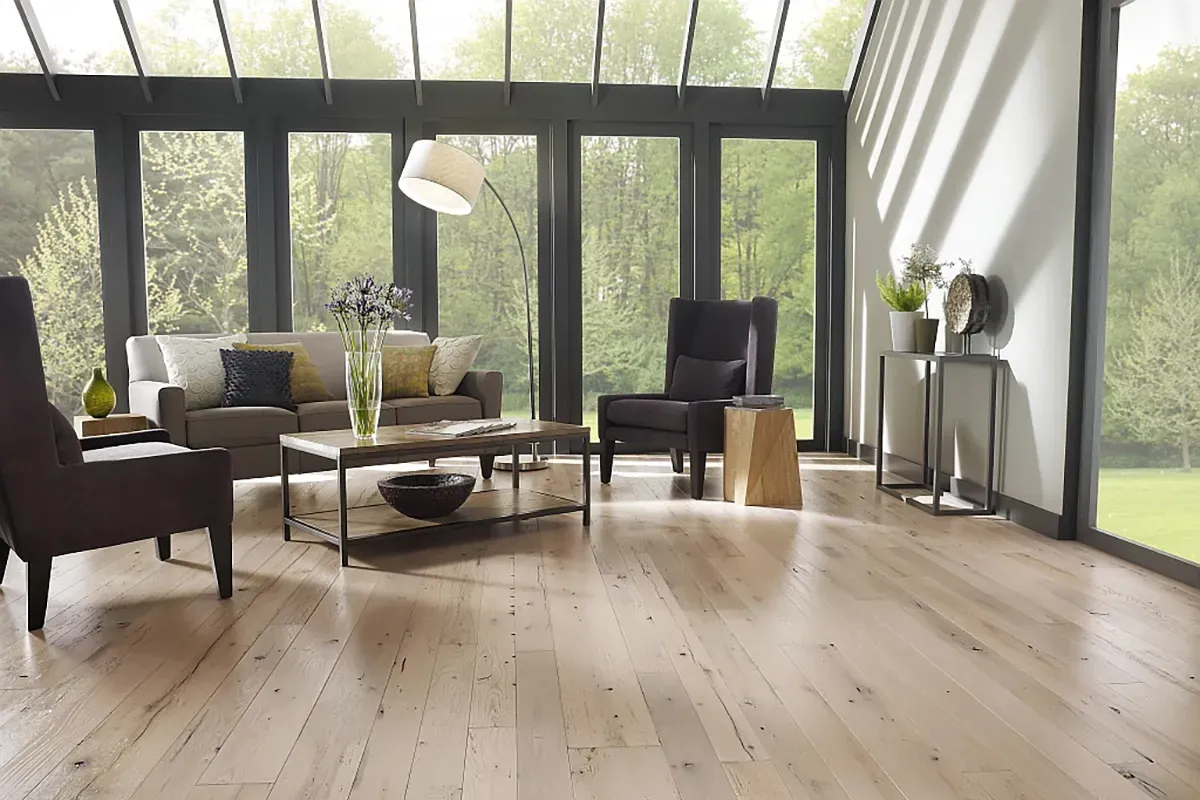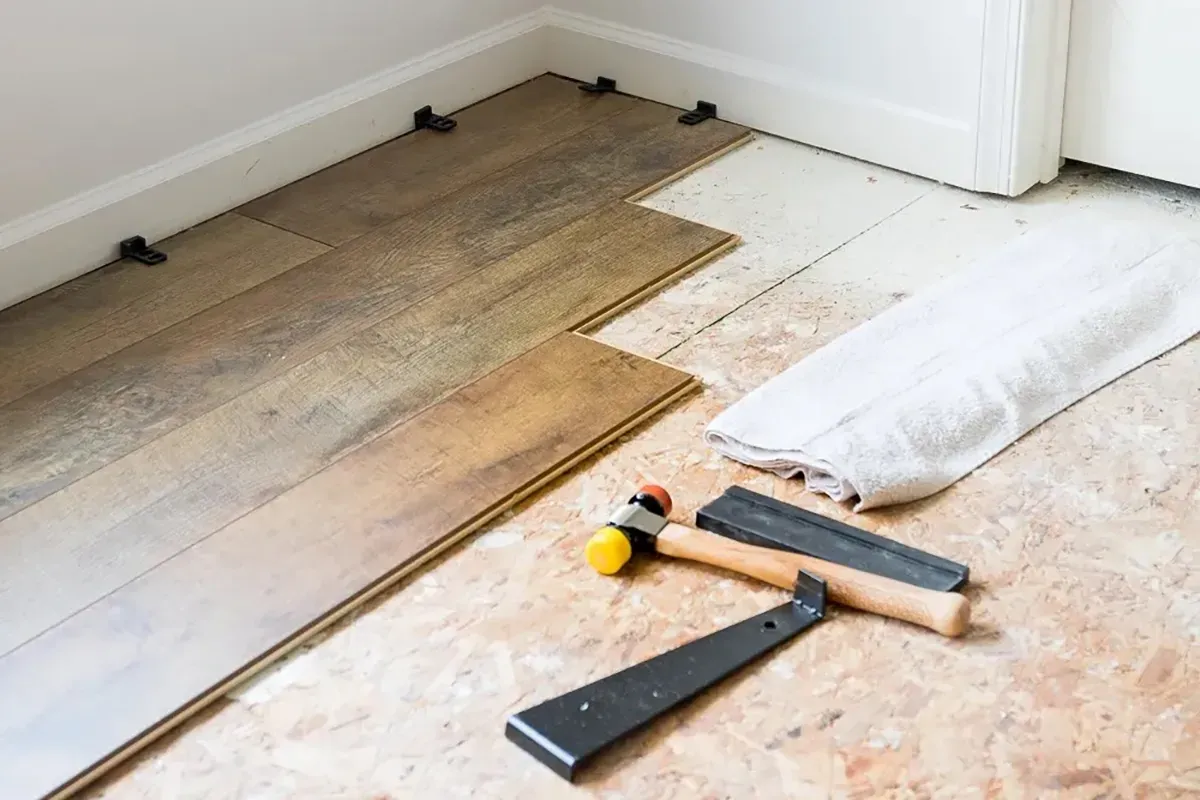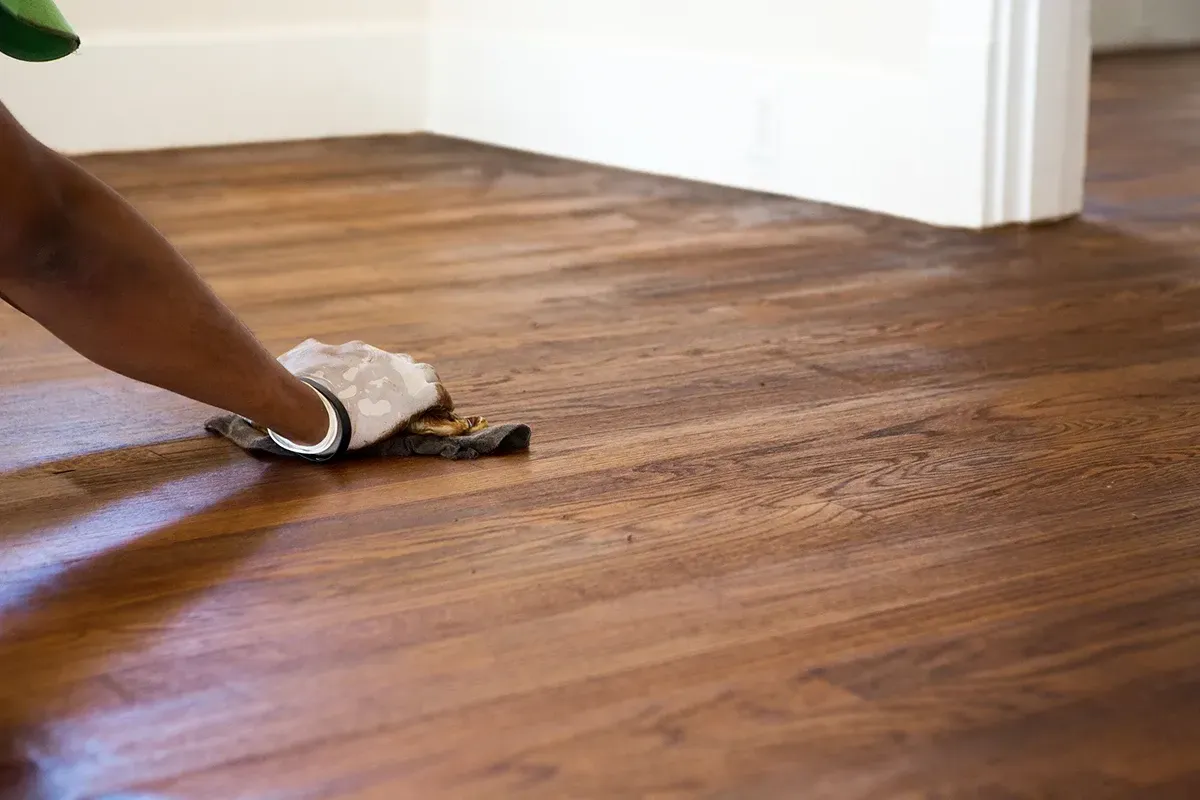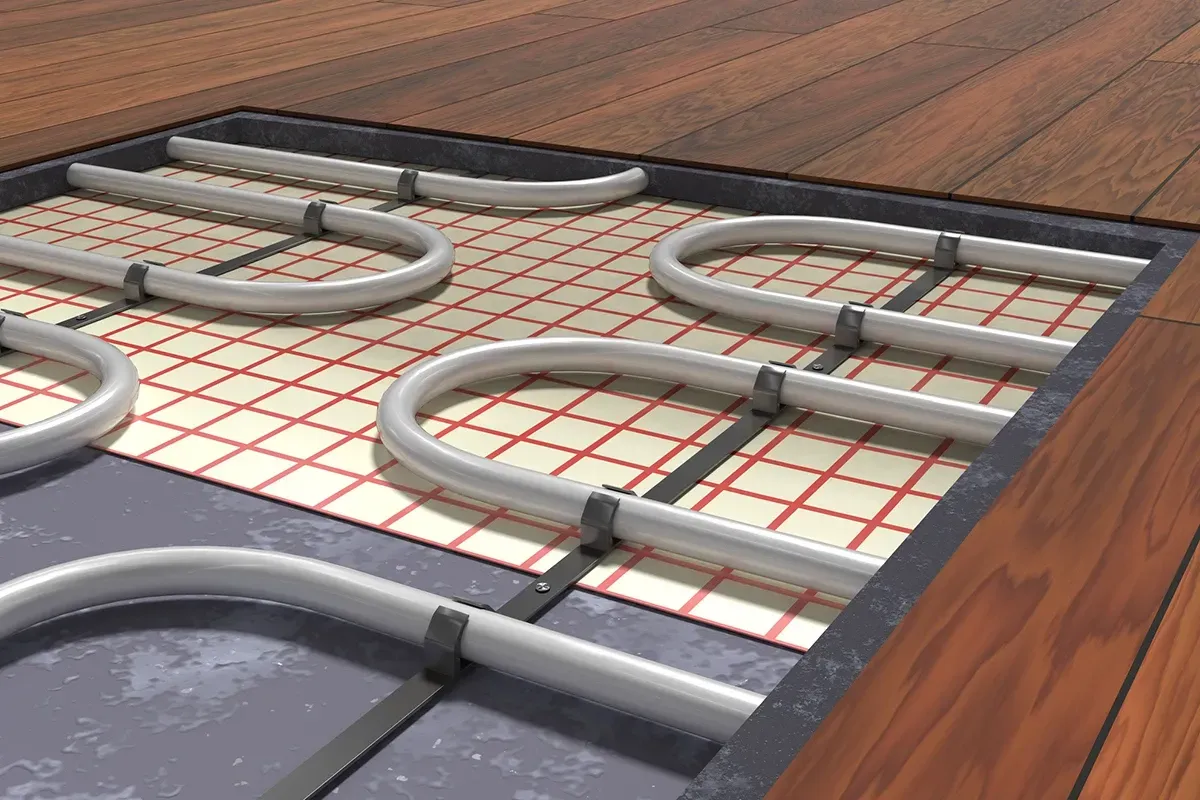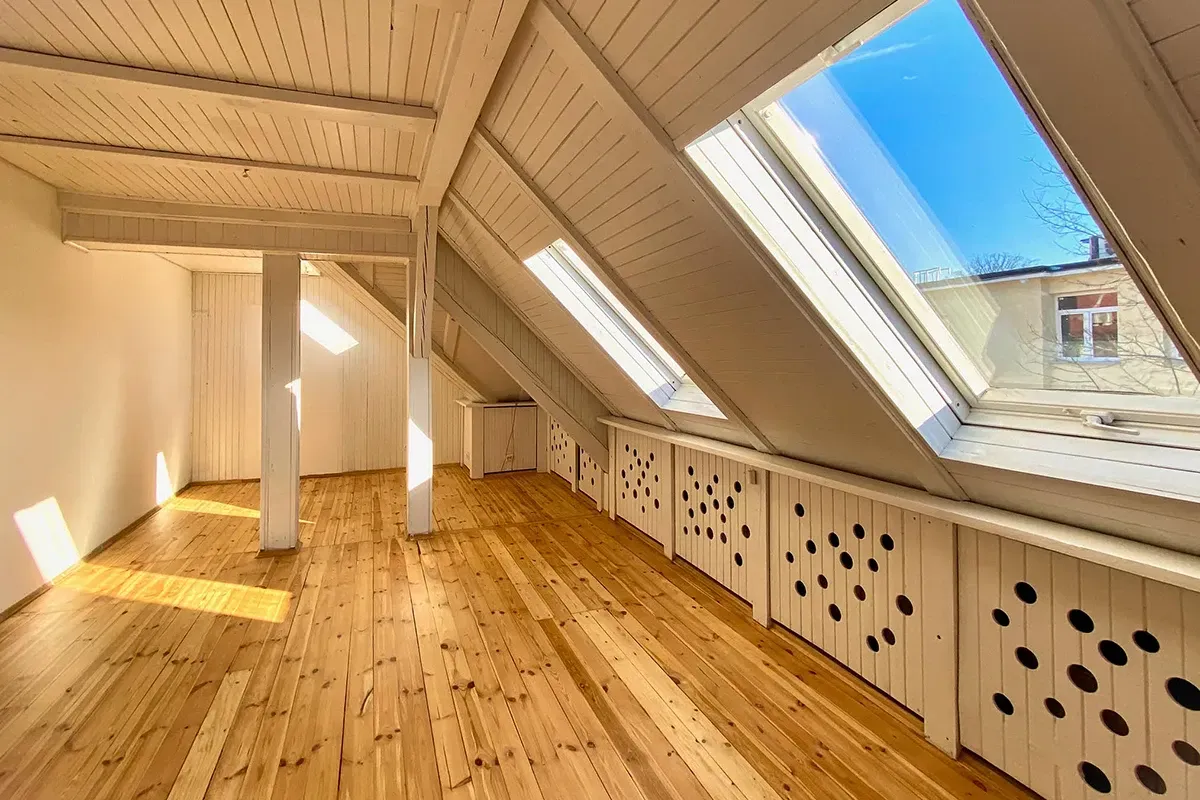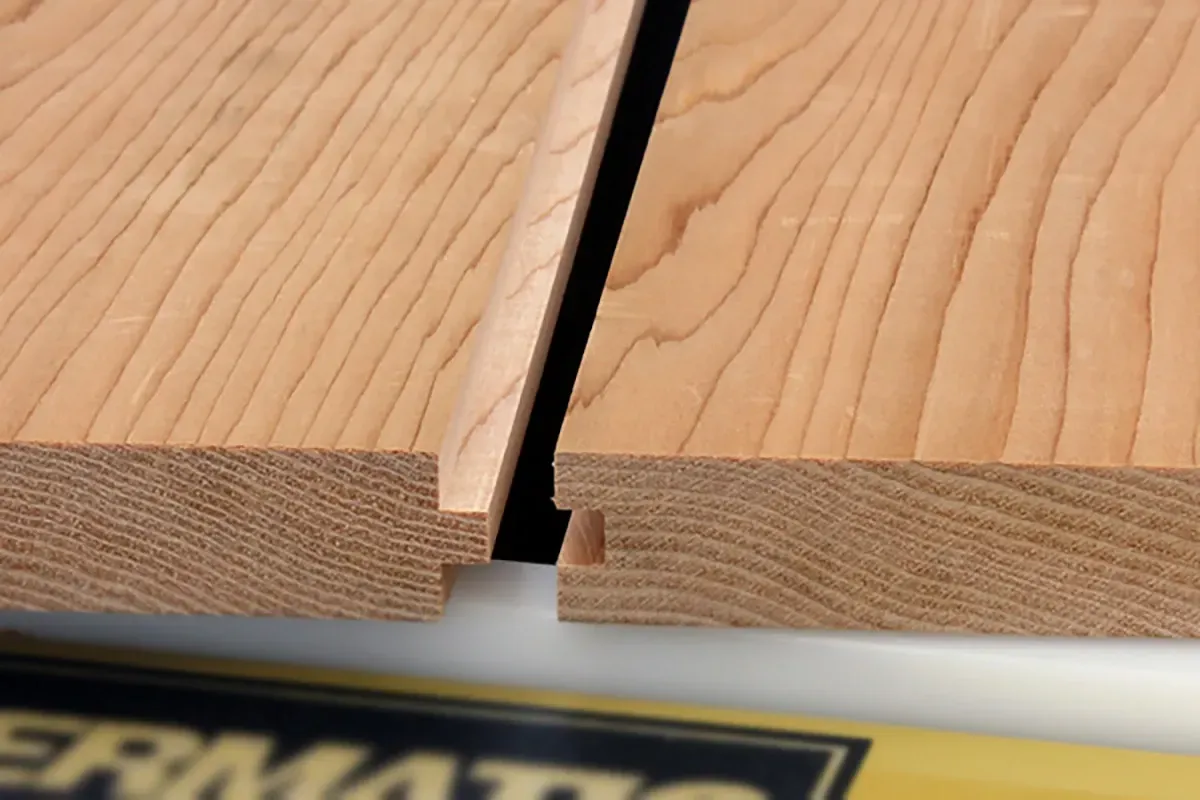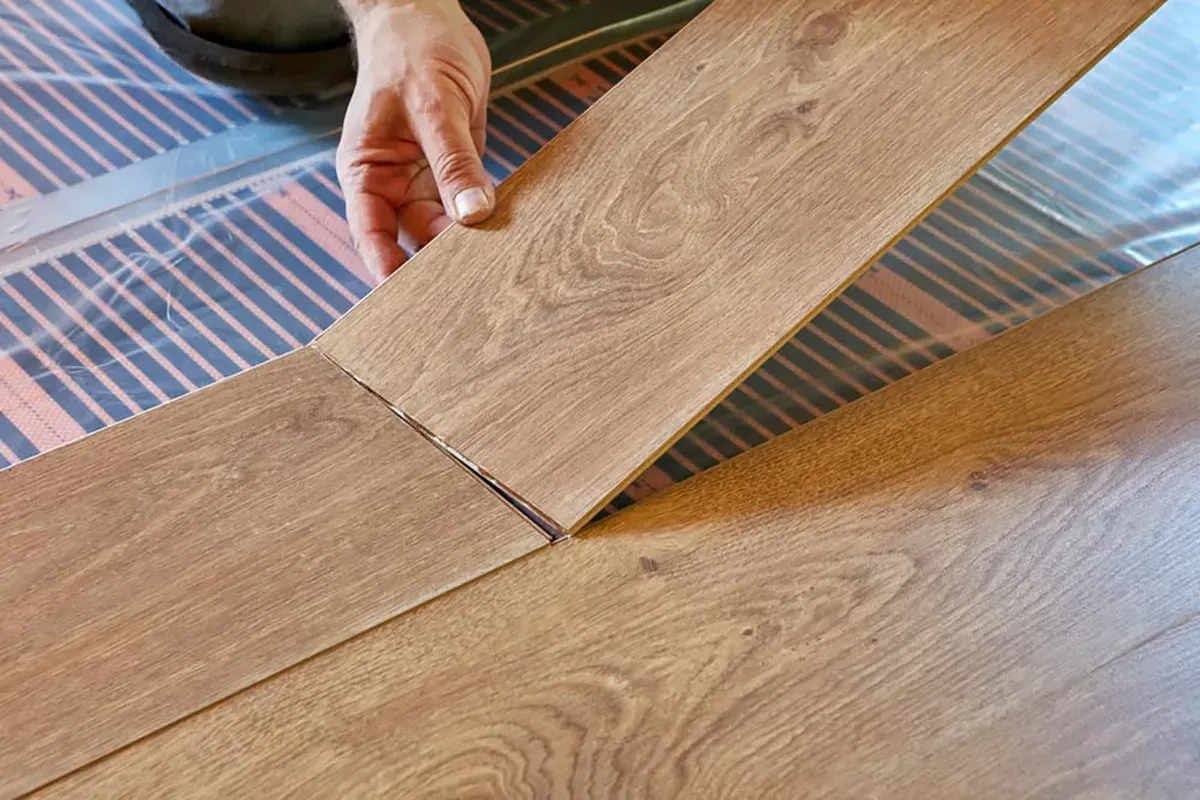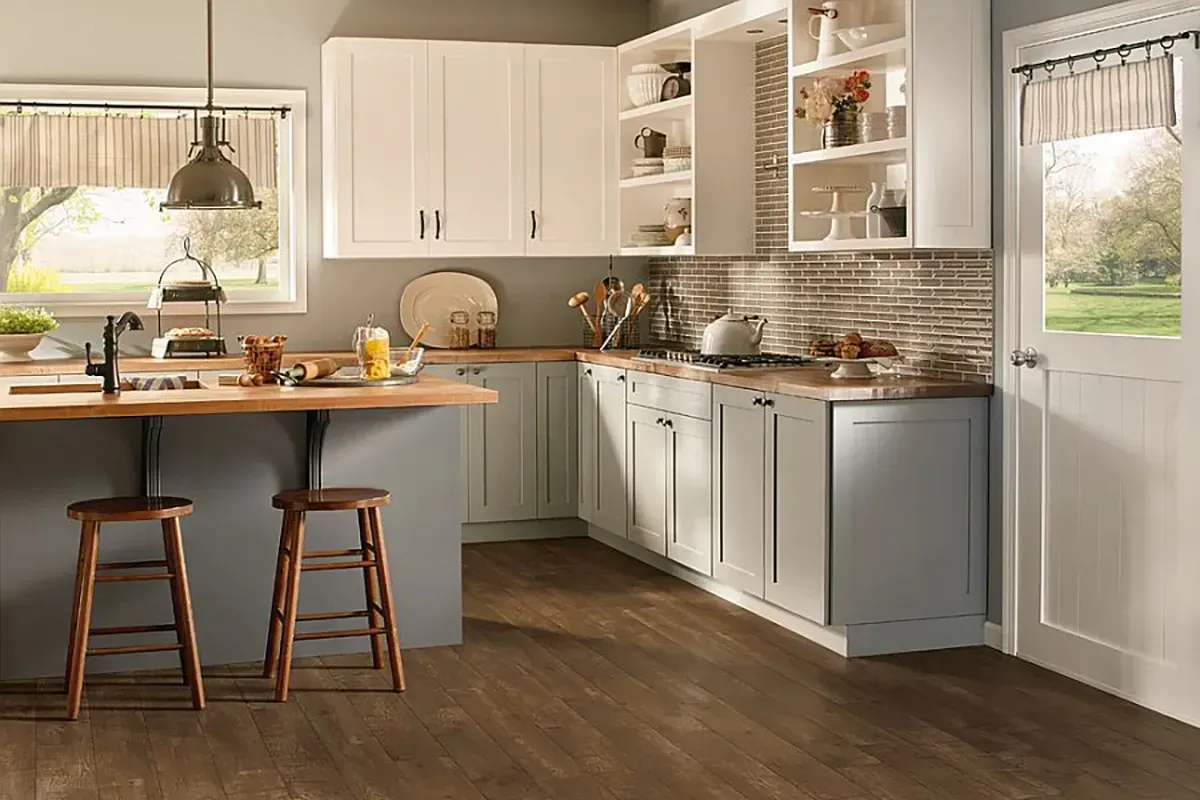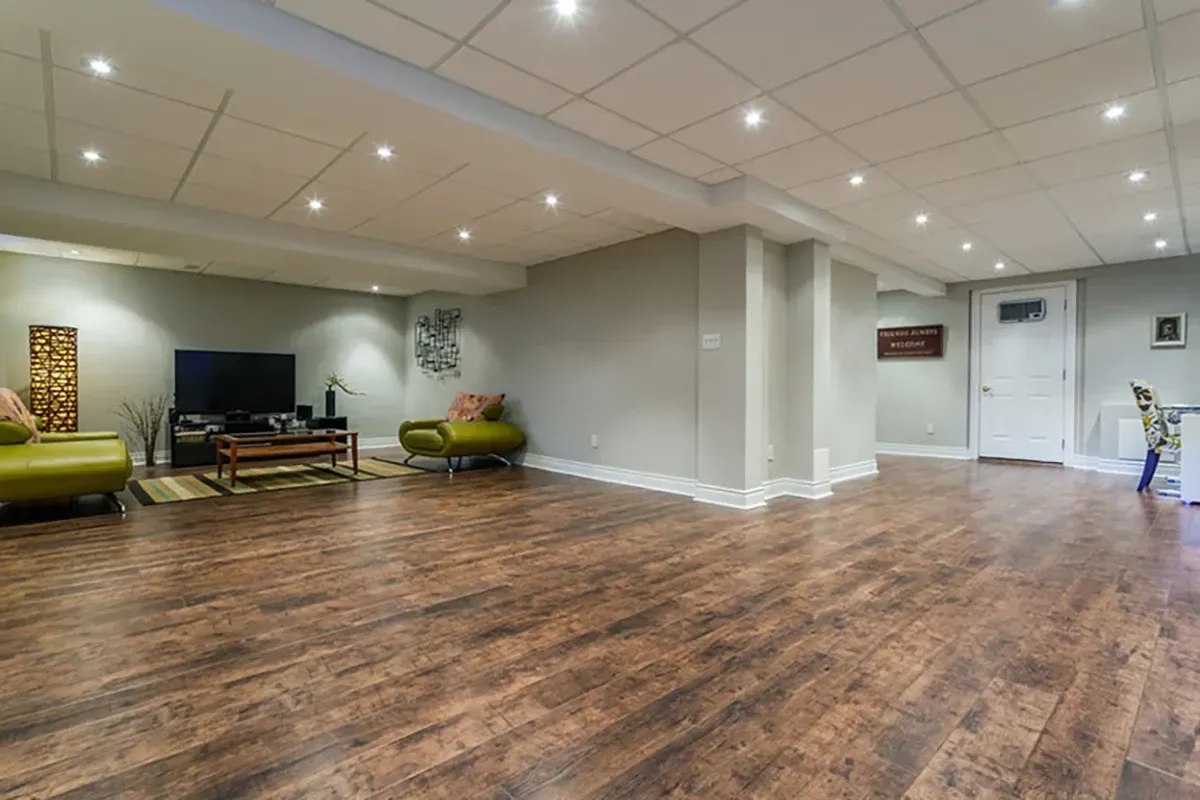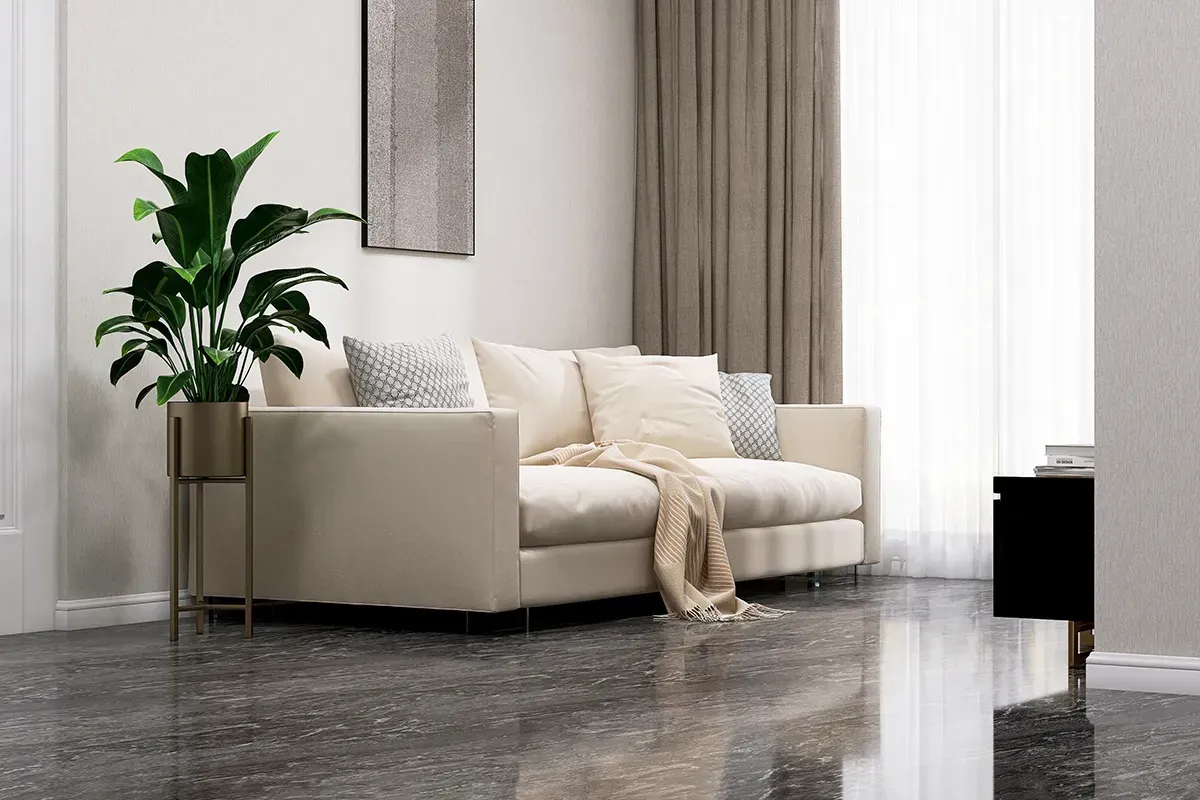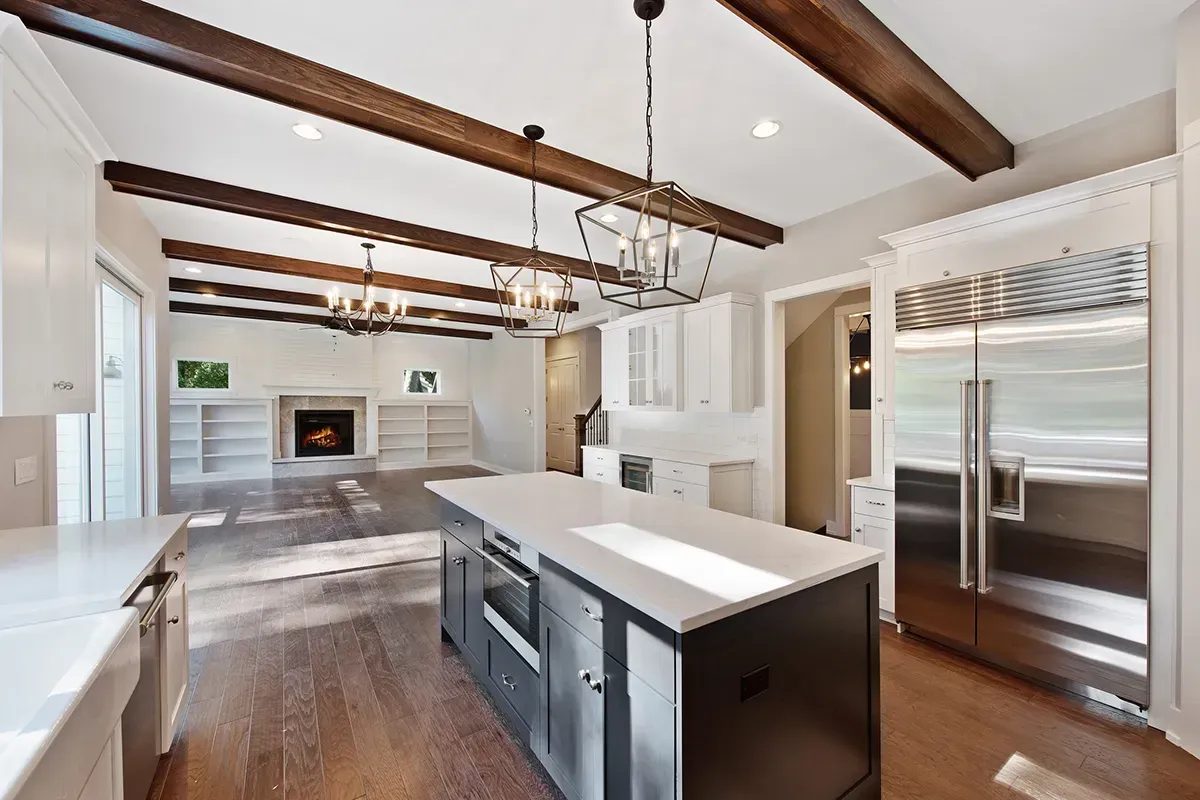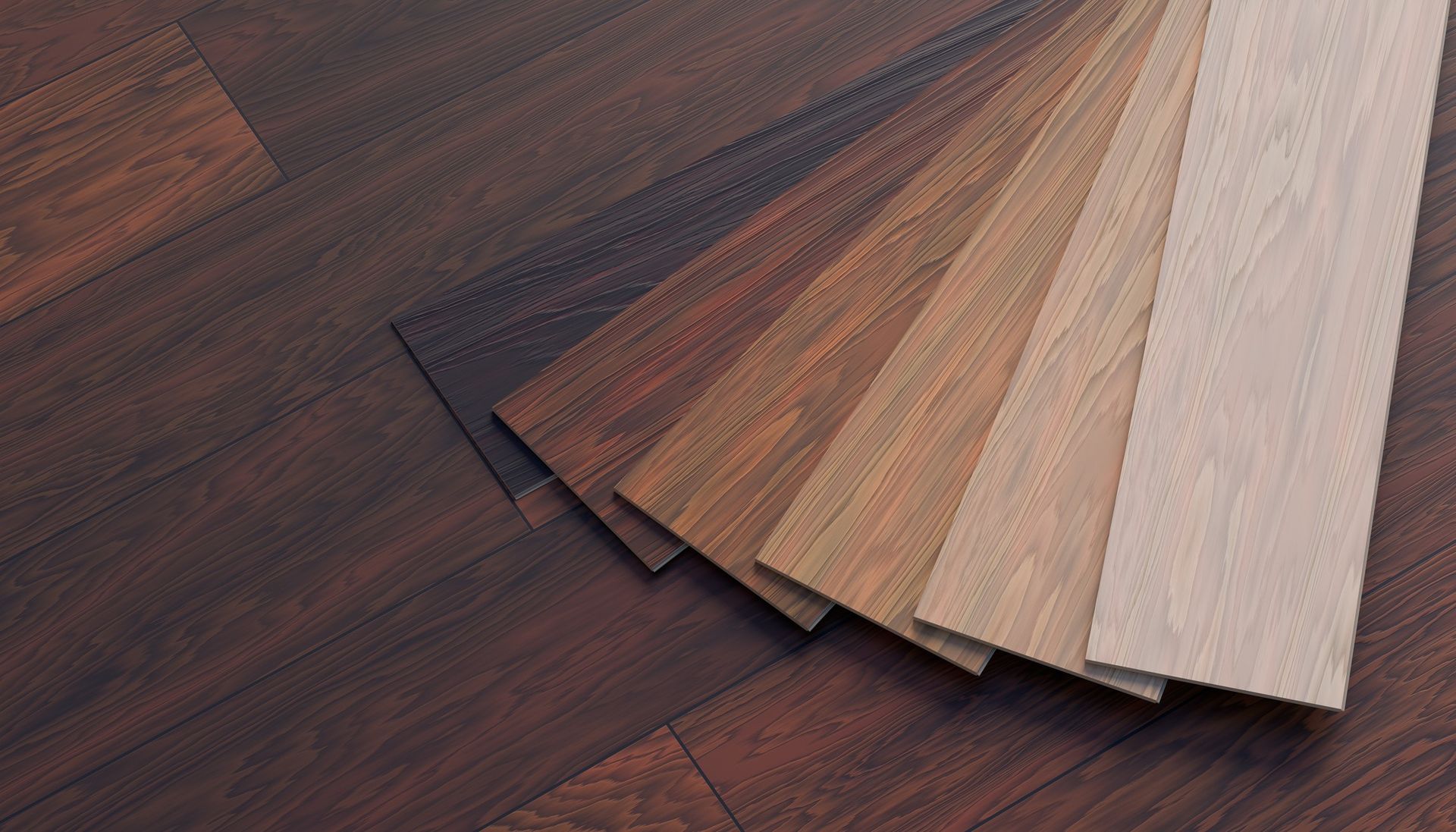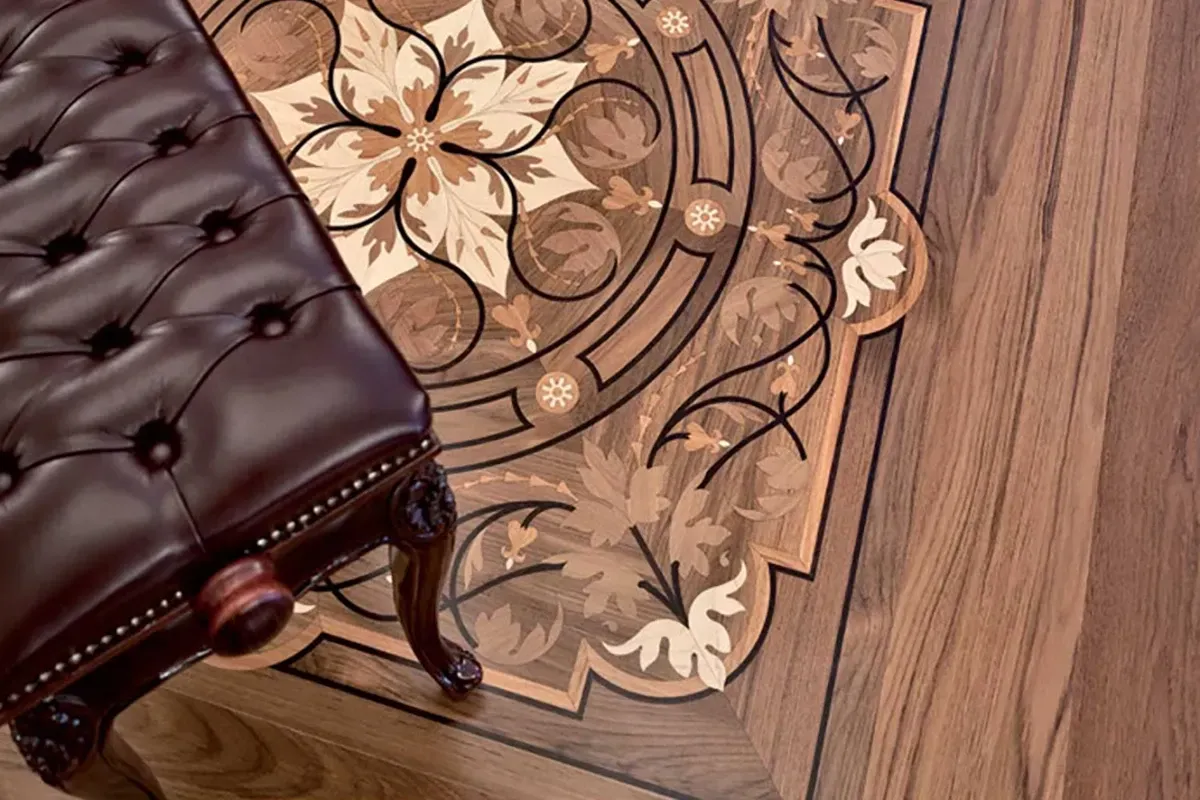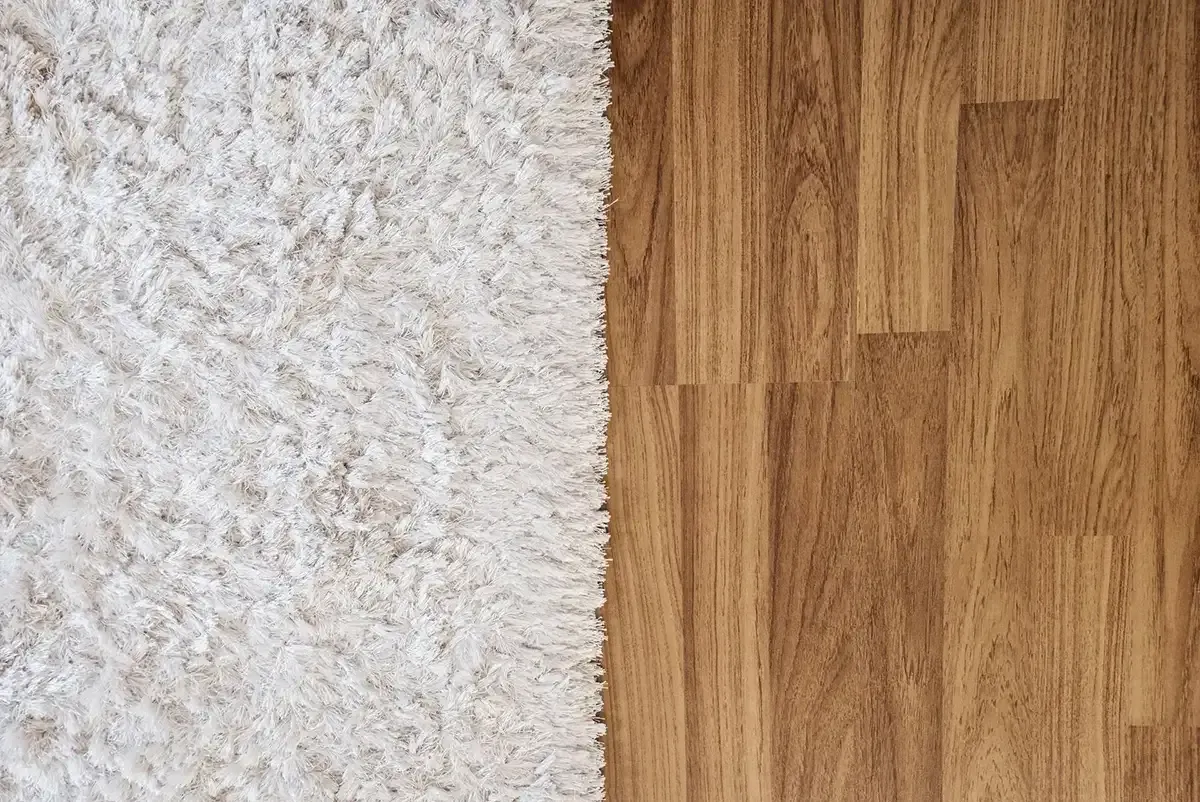Prefinished vs Site Finished Hardwood Floors

Installing hardwood flooring is one of the best ways to enhance your home’s value while creating an elegant and inviting atmosphere. Whether you prefer a sleek, modern finish or a more rustic, textured look, choosing between pre-finished vs site finished hardwood floors is a key decision in the process. Both pre-finished hardwood flooring and site-finished hardwoods have their advantages, and your choice will depend on several factors, including your lifestyle, timeline, and budget.
Five Key Factors to Consider
1. Timing: How Long Does Installation Take?
One of the most significant differences between pre-finished vs site finished hardwood floors is the time required for installation.
- Pre-finished: Because the floors are finished at the factory, the installation process is quicker—usually around 4 to 6 business days for 1,000 square feet. Once installed, you can walk on the floors immediately, as there’s no cure time needed.
- Site-finished: On-site finishing requires more time—typically 2 to 3 weeks for installation, sanding, staining, and finishing, followed by several days of curing, depending on the type of finish. If you're looking for a fast turnaround, pre-finished floors might be your better option.
2. Bevel: The Look of the Edges
Aesthetic differences between pre-finished vs site finished hardwood floors can be subtle yet important, especially when it comes to the bevel.
- Pre-finished: These come with beveled edges, which vary by manufacturer. Some homeowners like the beveled look, while others prefer the smooth, continuous surface of site-finished floors. If you're on the fence, consider whether you want a slightly more defined plank appearance or a smoother, cohesive floor.
- Site-finished: These floors are sanded smooth after installation, eliminating any bevels or gaps between planks. This results in a more seamless, uniform appearance.
3. Durability: Which is More Durable?
Durability is one of the most common concerns when comparing pre-finished vs site finished hardwood floors.
- Pre-finished: Typically has a more durable finish due to the application of multiple coats in a controlled factory environment. Many pre-finished hardwood floors are coated with aluminum oxide, a highly durable substance that makes them more resistant to scratches and everyday wear.
- Site-finished: While the wood itself may be equally strong, site-finished floors usually have fewer coats of finish, which may not be as scratch-resistant as factory-applied finishes. However, site-finished floors can be customized with various finishes, giving you more control over the final look.
4. Reparability: Which is Easier to Fix?
Repairing hardwood floors is another key factor when considering pre-finished vs site finished hardwood floors.
- Pre-finished hardwood: Repairing scratches or damaged planks is relatively simple. Individual damaged planks can be removed and replaced without affecting the rest of the floor. To make repairs easier, it’s essential to keep extra planks from the original installation for an exact match.
- Site-finished hardwood: Repairs are more complicated. If one section of the floor is damaged, the entire area may need to be sanded and refinished to achieve a uniform appearance, which increases both the time and cost of repairs.
Pro Tip: Always save extra flooring materials from the original installation to ensure you have an exact match for future repairs.
5. Cost: How Much Will It Cost?
Cost is often a deciding factor when weighing pre-finished vs site finished hardwood floors.
- Pre-finished hardwood: While the materials tend to be more expensive, the overall labor costs are lower because the floors don’t require on-site finishing. In general, pre-finished hardwood floors cost 15–30% less than site-finished floors for the same square footage.
- Site-finished: The materials may be cheaper, but the labor cost is significantly higher due to the additional time required for sanding, staining, and finishing on-site. If your home already has site-finished hardwood floors and you’re planning to extend the flooring, it’s usually more cost-effective to continue with site-finished materials to maintain consistency.
Honorable Mention: Consider Existing Floors
If you’re adding hardwood to an area that already has site-finished floors, it might be best to stick with site-finished hardwoods for the sake of uniformity. Removing existing floors and replacing them with prefinished hardwood can be more expensive than continuing with the same site-finished approach.
Conclusion: Pre-finished or Site Finished, Which is Best?
Both pre-finished and site finished hardwood floors have their advantages, and the right choice depends on your specific needs. If you’re looking for a quicker installation process and higher durability, prefinished hardwood might be your best bet. However, if you prefer a custom finish with a smooth, seamless look, site-finished hardwood could be the way to go.
Want to see some results? Take a look at our recent project where we installed prefinished white oak hardwood flooring.
At
Rejuvenation Floor & Design, we help homeowners in Portland, Oregon, make the best choice for their flooring needs. Whether you opt for prefinished or site-finished hardwood floors, we can guide you through the process and ensure a beautiful, lasting result. For more information or to schedule a consultation, call us at (503) 989-8997 or visit our website. Stay tuned for more flooring tips!

